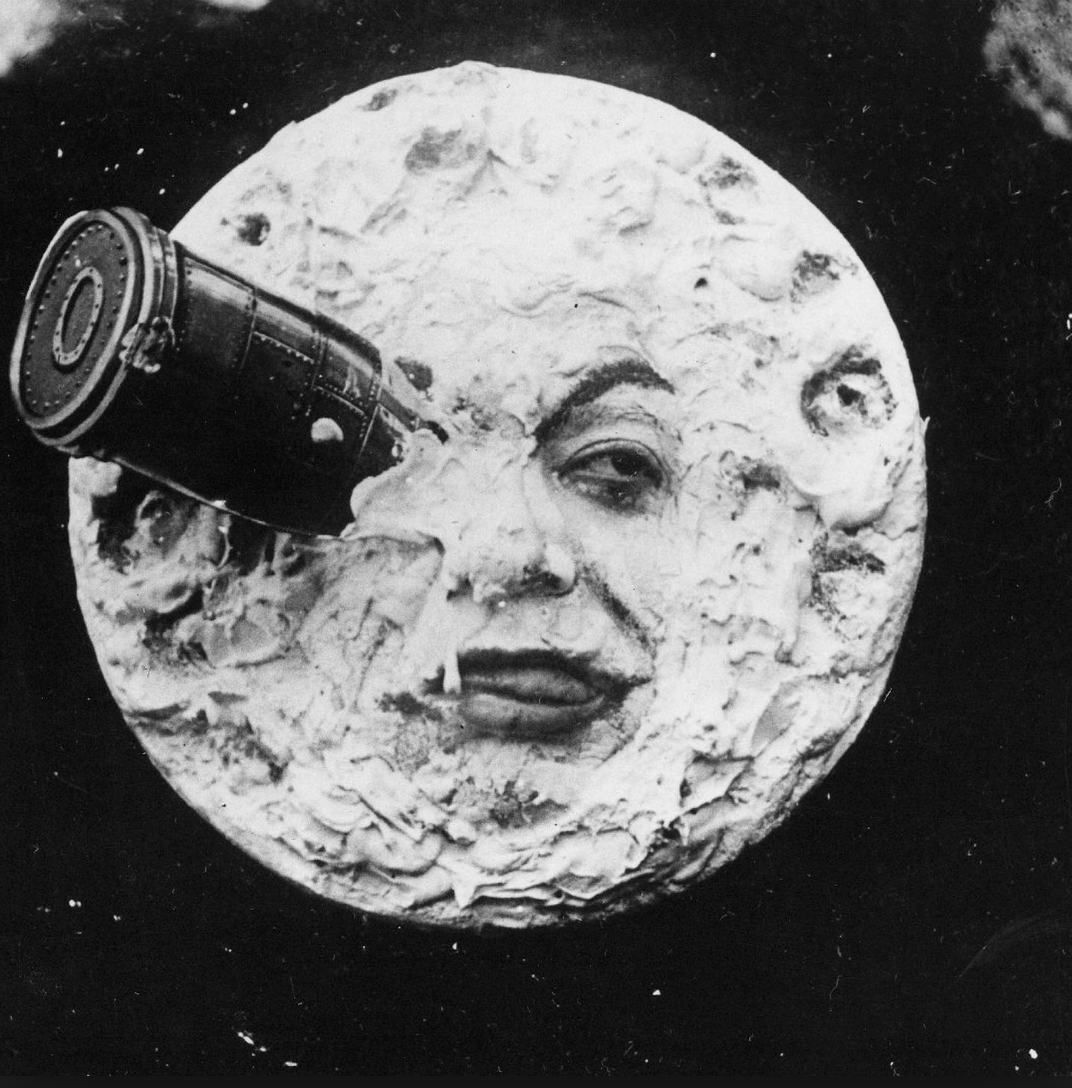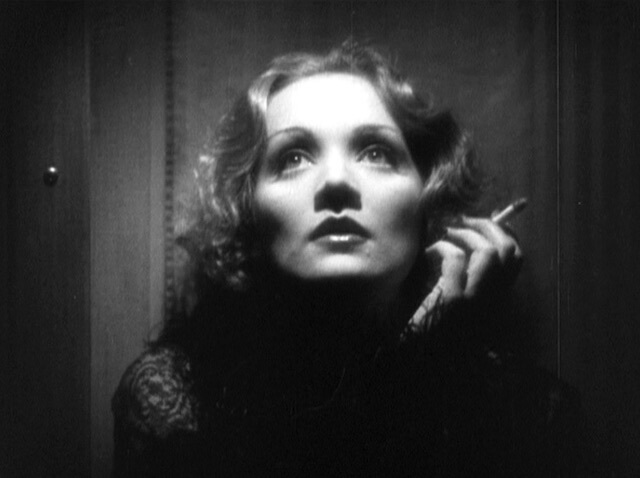Strindberg and the Zero-Sum Game: Are Life and Love Played Out on a Balance Sheet?
Portrait of Strindberg by Edvard Munch, 1892
‘They sense someone watching them – a creditor has come to call, the spectre of their guilt.’
Gustaf, ‘Creditors’
I recently saw a fine production of August Strindberg’s 1889 play ‘Creditors.’ (Jermyn Street Theatre, London, until 1 June)
Young artist Adolf is deeply in love with his new wife, successful novelist Tekla. Adolf is introverted, impressionable, prone to paranoia and illness. Tekla is confident, free-spirited and outgoing.
‘I don’t ‘know’ anything. I simply feel.’
While Tekla is away on a trip, Adolf meets a suave stranger who, Iago-like, pours poison into his ears: Is Tekla too flighty? Can she really be trusted? Did she exploit Adolf’s patronage to start her career?
‘You do know what this is – cannibalism! Savages eat their enemies to assimilate their virtues! This woman’s eaten your courage, your knowledge, your soul.’
Adolf is easily convinced.
‘A man’s love is all about giving, a woman’s love is all about taking! And I’ve given and given and given.’
When Tekla returns, inevitably she and Adolf have a row. He pursues the thought that somehow she owes him for her success.
‘I was desperate to remind you of your debt to me. I became the kind of vile creditor you want to keep far away from.’
Then Tekla’s first husband, Gustaf, arrives on the scene. On encountering Tekla, he suggests their relationship may not be quite over.
‘You’re still mine. There’s a marriage debt.’
Throughout ‘Creditors’ Strindberg explores the idea that romantic attachment is a matter of winners and losers, creditors and debtors; an engagement played out on a balance sheet. He implies that love is a zero-sum game: a relationship where each partner's gain or loss is exactly balanced by the losses or gains of the other partner.
Is this sincerely held cynicism on Strindberg’s part? Is it just a vehicle for his misogyny? Or is it a provocation to make us think?
Certainly the central theme of ‘Creditors’ can strike audiences as somewhat perverse. Of course, relationships entail a good deal of compromise and concession, of give-and-take and trade-offs. But surely love is a matter of mutual benefit, common goals and shared growth. Surely love is beyond accountancy.
And yet we often approach other areas of life as if they are a zero-sum game.
Many people regard business as an enterprise in which the total gains and losses of the participants will always add up to zero. Markets are fought over as if the sales success for one brand inevitably entails an equal and opposite decline for another. Negotiations are conducted as if one party can only prosper at the expense of the other. Careers are plotted as if colleagues are rivals in a contest.
Of course, commerce revolves around competition. And there are indeed winners and losers. But it’s not really that simple.
In business as in love, playing the zero-sum game is counterproductive. It precludes partnership and team-work, collaboration and alliance, deals and bargains. It denies the opportunity for innovation and change, for premiumisation and category growth. It turns participants in on themselves; makes them secretive and suspicious, self-seeking and aggressive.
Success in the modern world is more often achieved by seeking mutual gain, not mutual destruction. And progressive businesses increasingly concern themselves with value creation and interdependence, with finding solutions where all parties can profit. 1+ 1 can equal 3.
So don’t pursue zero-sum thinking, in life, love or business. It’s a trap.
I suspect Strindberg would not agree. Things don’t end well for Tekla and Adolf. And Gustaf rejoices at their pain.
‘Your creditors get you in the end… Innocent in the eyes of the Lord maybe, but accountable to men and women.’
'I've played all my cards
And that's what you've done too.
Nothing more to say.
No more ace to play.
The winner takes it all.
The loser has to fall.
It's simple and it's plain.
Why should I complain?’
Abba, ‘The Winner Takes It All’ (B Ulvaeus, B Andersson)
No. 232

















